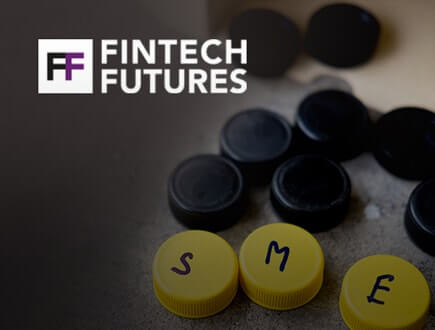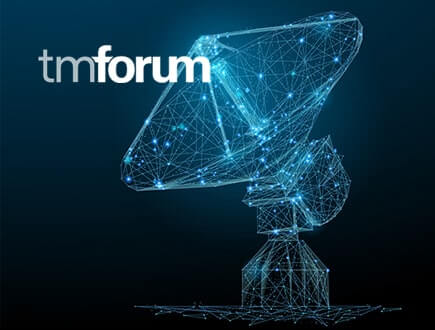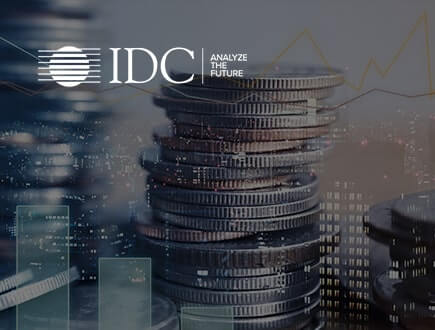Out of the 8 or 10 Jugaad solutions (simple work-arounds) I’ve seen in my immediate environment, I can vouch to have “actively contributed” to atleast one or two such unconventional fixes. Some of the bizarre but fit-for-purpose, creative (!) work-arounds include:

Image: Bike by day, motor by night (Modified image sourced from Scoop Whoop)
Around the house:
- Packing mango pulp and milk into an air-tight container and shaking it till it’s beaten into a juicy mango milkshake! This, in the absence of a blender or mixer when travelling.
- Using the room heater to dry out your hair, in the absence of a hair-dryer.
- Using the motor of a motor-bike to pump water to your fields by night, while using it as a bike by day.
In huge, tech-heavy projects:
- The Mars Orbiter Mission (MOM) by ISRO – The least-expensive (apparently cost less than making the Hollywood blockbuster ‘Gravity’) interplanetary, unmanned mission to Mars that was inserted into the MARS orbit in 2014. The Jugaad involved in this launch was well deliberated by top scientists and a very conscious decision was made on aspects like:
- The use of the less-powerful PSLV (Polar SLV) instead of GSLV (Geosynchronous SLV) as a launch vehicle
- Creating a multi-step transition path across the earth-orbit and then to the MARS orbit, making it cost and fuel efficient
- Deliberately keeping the payload small, accelerating the testing cycles, reduced ground tests and taking calculated risks with certain components meant for use at the test phase rather than production-quality components that would have bumped-up the costs
The “Goal” of the mission, played a key role in helping decide what “trade-offs” could be made in order to achieve success.
-
Tata Nano – From being the world’s fourth best-selling luxury automaker (through the acquisition of Jaguar Land Rover), to targeting the Ultra-low-cost car market (through Tata Nano), Tata Motors has done it all!
With the “Tata Nano”, they had to be very creative on all fronts in order to succeed with the model – design of the parts, manufacturing processes they engaged, the supply-chain as well as the distribution network used. In this scenario as well, the Jugaad wasn’t just in keeping the costs low but in applying a “clean-sheet” approach to innovate at multiple levels, in-terms of:
- Using smaller, lighter components (e.g. a motor-cycle starter) that are predominantly sourced in India (97% of the Vehicle’s components)
- Using manufacturing processes that were simple and fit-for-purpose, to avoid needless costs. This prevented the use of existing, well-established practices from other Tata vehicles getting carried over and applied to the manufacturing of Nano, allowing newer approaches.
One might argue that the Nano falls short on other aspects such as emissions, safety standards etc., but the case-in-point here is about maximizing value for the end-customer (based on your understanding of their essential needs), while carefully and deliberately planning the trade-offs in so-doing.
Jugaad has its merits, if and when we know the shortcomings of the product or model (basically “where” something might fail) and, we understand / are willing to risk the consequence of such failures. However, it does have fairly serious limitations, despite the celebrity status it has managed to garner in the recent past. While India might have contributed this term “Jugaad” to the global world of management, it is often used as an excuse for makeshift arrangements and improvisations in the Indian context, that result in hastily thrown-together solutions incapable of scaling or addressing the real customer need in a wholesome, futuristic manner.
Often, I see people drawing parallels between Jugaad and the rapid prototyping phase of design thinking. They tend to overlook the fact that Jugaad typically has very finite start and end points – without much thought given to end-user experience, operational excellence or viable, long-term business value. With Jugaad solutions, there is a lack of intent to institutionalize the solution. Compare this to “Design thinking” – where the intent or goal is to evolve a system; a system that has a human-centered discovery process at the core of it, followed by iterative cycles of prototyping, testing and refinement. It forces one to conceive a fully developed marketplace and focus on the business strategy towards realizing customer value, in order to make the solution/product/concept truly useful. Consequently, the approach to a solution or a business challenge is vastly different in these two methodologies.
In today’s context, with increasingly complex interactions and digital human touch-points, unless all faculties of design thinking are applied with full competence, we might fall short of solutions that address a customer need and how someone would want to use something on an ongoing basis (marketplace), both at the emotional and functional levels.
About the Author
 Shuba Sridhar - Shuba works as the Vice President, Strategic Initiatives at Torry Harris Business Solutions. She addresses the planning and growth divisions within the company and assists with translating customer business needs in core focus areas, namely: API, Cloud, Mobility and Digital Enablement.
Shuba Sridhar - Shuba works as the Vice President, Strategic Initiatives at Torry Harris Business Solutions. She addresses the planning and growth divisions within the company and assists with translating customer business needs in core focus areas, namely: API, Cloud, Mobility and Digital Enablement.
Related Posts

Good governance requires decisions based on "sets of information" or knowledge. Digitization of this information and making it available on a network which is accessible to all individuals opens up multiple possibilities

Most shoppers still visit the store to touch, feel or try a product before using their smartphones to search for the cheapest deal online. The retailers should adapt their strategies to take advantage of this and convert this threat into an opportunity.

mBaaS is a model of providing mobile app and web developers a way of linking their applications to cloud storage and backend APIs, with the capability of user management, push notification and integration with third party systems.
Whitepaper



Analyst Speak

(THIS) has been cited among notable vendors by Forrester Research in its report ‘The API Management Software Landscape, Q1 2024’. The report recognizes Torry Harris as a provider offering API management solutions with a geographic focus in the EMEA & APAC regions.

Forrester observes that the initial rush to “lift and shift” to the cloud has now been replaced by a focus on modernization and digital transformation. Cloud migration is the first step in a long journey to take advantage of the latest cloud-native technologies and services.

Torry Harris is a 'Strong Performer' in The Q3 2022 Forrester Wave™ for API Management Solutions. This report shows how each provider measures up and helps technology architecture and delivery (TAD) professionals select the right one for their needs.
Past Webinars







